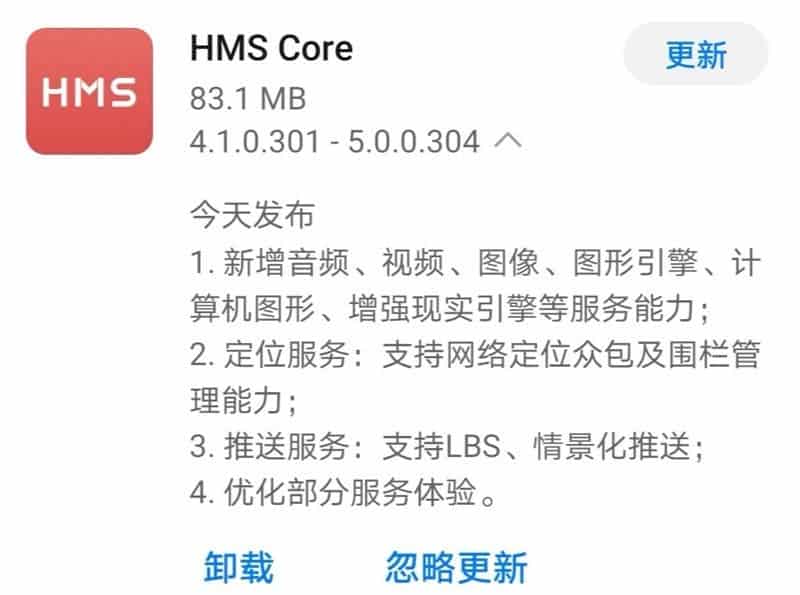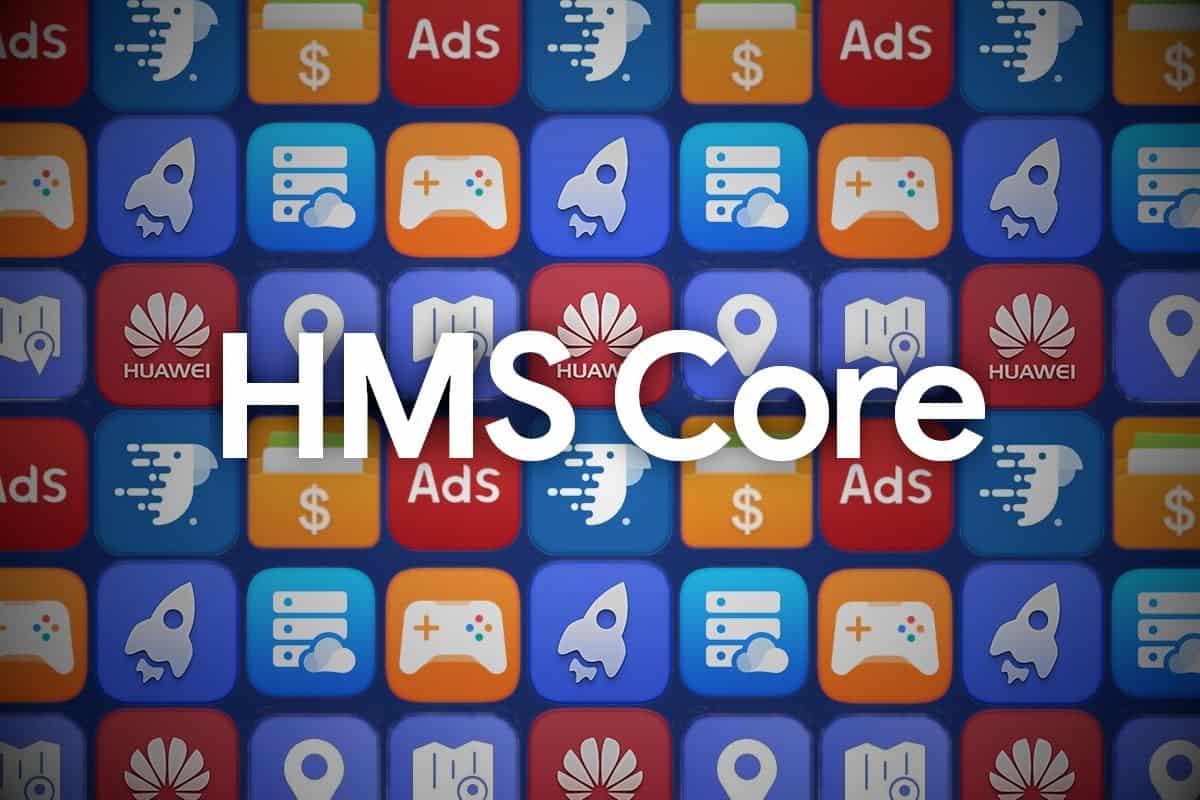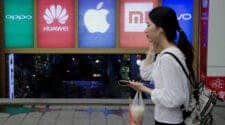Today, the Huawei HMS Core 5.0 framework on Huawei’s smartphones got a new update. This new update comes with audio, video, image, graphics engine, computer graphics, and augmented reality. In addition, it also adds positioning services (supporting network positioning crowdsourcing) and fence management capabilities.

Here is the summary of the update
- Adds audio, video, image, graphics engine, computer graphics, augmented reality engine and other service capabilities;
- Positioning services: support network positioning crowdsourcing and fence management capabilities;
- Push service: support LBS, contextual push;
- Optimizes some service experience.
Huawei HMS Core is a collection of Huawei terminal cloud service open capabilities. These capabilities and services will help applications gain more users, higher activity, and more efficient business success. The intelligent distribution of all terminals in all scenes around the world allows developers to focus on innovation and bring more and better all-scenario smart life experiences to Huawei end users. Presently, the major highlights of Huawei HMS Core are in the following aspects:
- Global distribution – it is available in 170+ countries/regions, covering 600 million users
- 8 global DigiXLab, DTSE team provides global technical support;
- Cost savings, free start, easy to get started, flexible from development to shelf, one-stop service experience
- Safe and reliable, follow GAPP, GDPR, and local regulations. 3 regions, 15 data centers, 20+ regulatory certification
- Accurate reach, 400 million monthly active users in the application market, more than 6 data analysis models, helping to build an accurate user portrait, multiple push methods based on user behavior, helping precise marketing
- HMS Core services now available in more than 55,000 apps
HUAWEI HMS NEEDS MUCH TIME AND EFFORT TO DEVELOP
After being included in the US entity list, Huawei’s mobile phones cannot use Google Mobile Services (GMS). At the developer conference last year, the company launched Huawei’s HMS to replace Google’s GMS service. Furthermore, at the Huawei P40 series launch conference in March this year, Huawei announced that the P40 series will use its own HMS service and AppGallery application store. This is the first time that the company fully uses its own services on its flagship smartphone.
It appears that the U.S is not lifting the ban on Huawei anytime soon. In fact, it is stiffening the ban. In its latest announcement, the U.S. government said that any company that uses US technology must obtain a U.S. license before working for Huawei. This means that the likes of TSMC which is behind Huawei’s Kirin chips can not take orders from Huawei.





